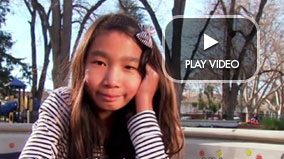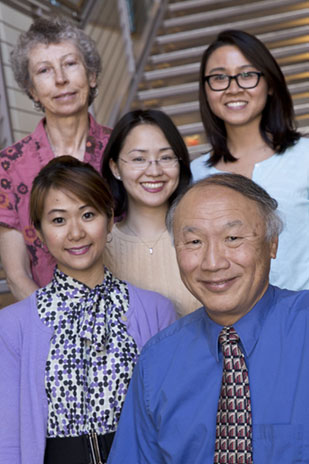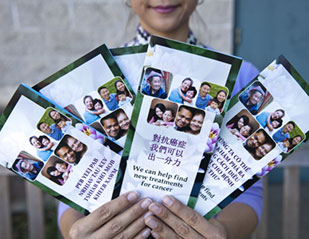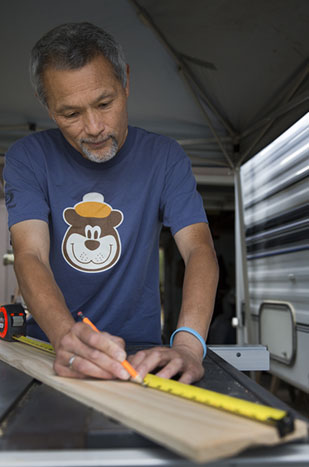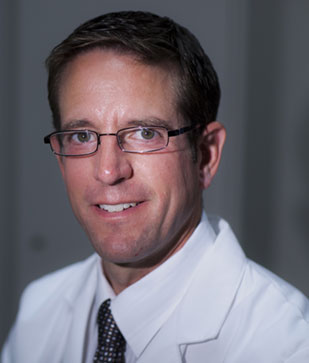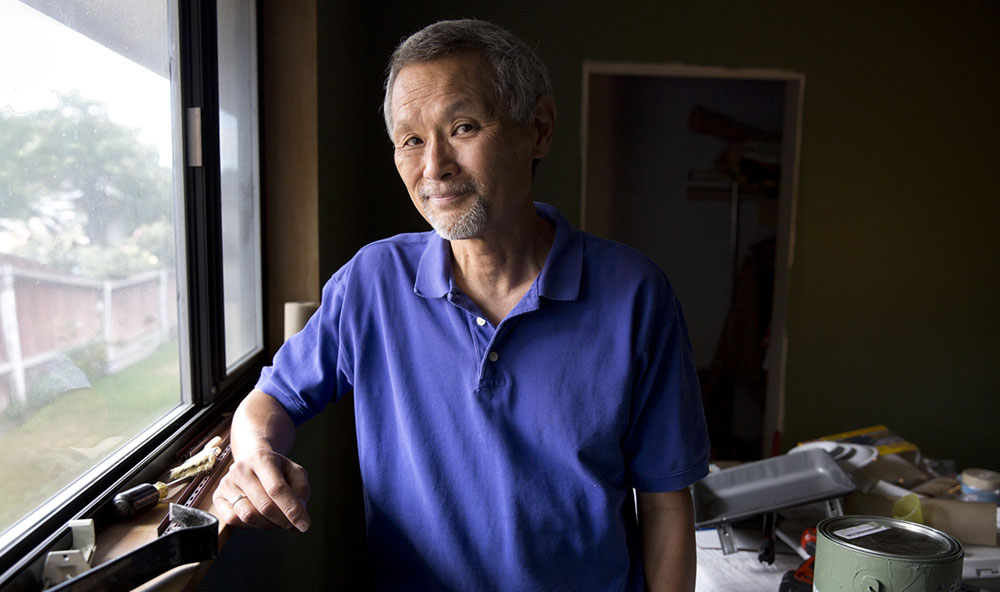
Participation through education
Asian-Americans offered clinical trials navigation
When Gary Funamura was diagnosed with prostate cancer in the fall of 2012, his UC Davis oncology team presented him with two choices.
He could follow a conventional treatment course that included surgery with possible radiation or hormonal therapy down the road. Or he could join a clinical trial testing the use of chemotherapy plus hormone depletion therapy to attack cancer cells before the prostate was removed.
For Funamura, 59, the decision to go with Plan B was a “no-brainer.”
“I had done some research, and I knew I would get excellent follow-up care through the trial,” he says. “Frankly, I couldn’t see a downside.”
Regrettably, researchers say that Funamura’s enthusiasm about clinical trials is relatively rare — especially among Asian-Americans. Language barriers, mistrust of the medical system, and other cultural dynamics often create misunderstandings about the nature and purpose of cancer trials, discouraging participation and leading to underrepresentation of Asian-Americans.
Troubled by this historic pattern, UC Davis is turning its ongoing campaign to increase awareness of clinical trials into a full-blown patient recruitment program called AACES, or Asian-American Cancer Education Study.
“Asian-Americans are the only racial group for whom cancer is the leading cause of death, so we are highly motivated to increase their involvement in these critical trials,” says UC Davis professor Moon Chen, who leads AACES. The program’s goal is to demystify clinical trials for eligible Asian-American patients and encourage them to participate, both for their own benefit and to help scientists develop better cancer drugs and protocols for future generations.
Clinical trials evaluate the effectiveness and safety of cancer medications and medical devices by monitoring their effects on large groups of people. Such trials are considered vital to the development of cancer therapies, and inclusion of meaningful numbers from all racial/ethnic populations and both genders is “crucial to ensure the therapies we develop are based on specific characteristics of these populations,” Chen says.
“Only 3 percent of adults are enrolled in clinical trials, and only 10 percent of those are minorities,” he adds. “So it’s essential that we do what we can to overcome the barriers keeping minorities from participating in and benefitting from these trials.”
AACES was hatched under the banner of the Asian-American Network for Cancer Awareness, Research and Training (AANCART). Established in 2000 and headquartered at the UC Davis Comprehensive Cancer Center, AANCART is dedicated to reducing cancer health disparities through community education, training and research.
Over the past year, AANCART’s outreach team at UC Davis has determined that many Asian-Americans had no idea what clinical trials are, who pays for them, and what sorts of risks and benefits are involved.
Language — specifically the imprecise translation of certain terms and phrases — also creates confusion about clinical trials, according to Julie Dang, AANCART’s UC Davis community health educator. When translated literally into some languages, for example, the word “trial” created the misimpression that a legal proceeding was involved, a prospect that stirred anxiety among some Asian-Americans.
“People also suspected that clinical trials were about experimentation, and that they would become guinea pigs,” Chen recalls. “So we had to find the right scientific term (in Asian languages) to ensure the meaning was translated accurately for those who don’t speak English.”
To overcome patient misgivings and provide a base of understanding about clinical trials and biospecimen contribution, the AANCART outreach team created brochures and a five-minute DVD in seven Asian languages, from Cantonese to Tagalog. Starting this fall, every Asian-American cancer patient will have an opportunity to have a one-on-one educational session with bilingual and bicultural staff about cancer research opportunities available to them.
Patients eligible to participate in a trial after discussing it with their doctor are then assigned a bilingual “patient navigator” who helps them through every step of the clinical trial.
“We think the understanding created through the brochures and DVD, combined with the personal help of a navigator who speaks their language, will make the experience more comfortable for patients,” Dang says.
While Funamura did not share the reservations many Asian-Americans hold about participating in clinical trials, he understands well the culturally based hesitation. The Lodi lawyer says his parents and other older Japanese-Americans view health-related concerns as “something not discussed outside your close family circle.”
“I think with my parents’ generation, especially, there is a cultural sense among Japanese-Americans that these are considered private matters,” Funamura says. “For me the clinical trial sold itself. But obviously that’s not true for everybody. ‘’
For Funamura, participation in the trial has met his expectations, and then some. His cancer center urologic oncologist, Marc Dall’Era, told Funamura that his cancer was particularly aggressive and suggested a clinical trial investigating a new treatment protocol.
After discussing the possibility with his fiancée and a cancer center clinical research coordinator, Funamura signed on. A random selection placed him in the active arm of the trial, and treatment began.
First came six rounds of chemotherapy, along with monthly injections of Lupron, a drug that reduces a patient’s testosterone levels, thereby inhibiting the growth of prostate cancer cells. Patients in the trial’s control group, meanwhile, had the surgery to remove their prostates but no pre-treatment with chemotherapy and Lupron.
In early April, Dall’Era performed a prostatectomy. “A week after the surgery, Dr. Dall’Era called me with the pathology work and said they couldn’t find any cancer. It was gone,” Funamura says. “It was a miracle. And we are all doing the happy dance.”
A biopsy several months later confirmed the results, and aside from “a bit of a hangover from the chemotherapy,” Funamura says he couldn’t be happier now that he can focus his energies on renovating the home in Lodi where he and his fiancée are settling.
His doctor is also pleased, noting that Funamura’s cancer was high-risk, and that 30 to 40 percent of men with that type of cancer will experience a recurrence if their treatment is limited to only surgery or radiation.
“That’s too high (a percentage),” Dall’Era says, so the trial aimed to find out if these patients do better if they are treated first with hormone therapy and chemotherapy.
“Mr. Funamura had a phenomenal response,” says Dall’Era. “We found no residual cancer in his prostate.”
Asked if he hoped his participation in the trial would benefit future patients, Funamura gave an answer likely to please Chen and others seeking to engage more Asian-Americans in such research.
“Someone said they thought it was ‘generous’ of me to participate, and possibly help other people through the development of new drugs or protocols,” he says. “I suppose that’s true, and I’m happy to contribute. But honestly, I always saw the clinical trial as a benefit to my treatment.
“And I would not hesitate to do it again.”

